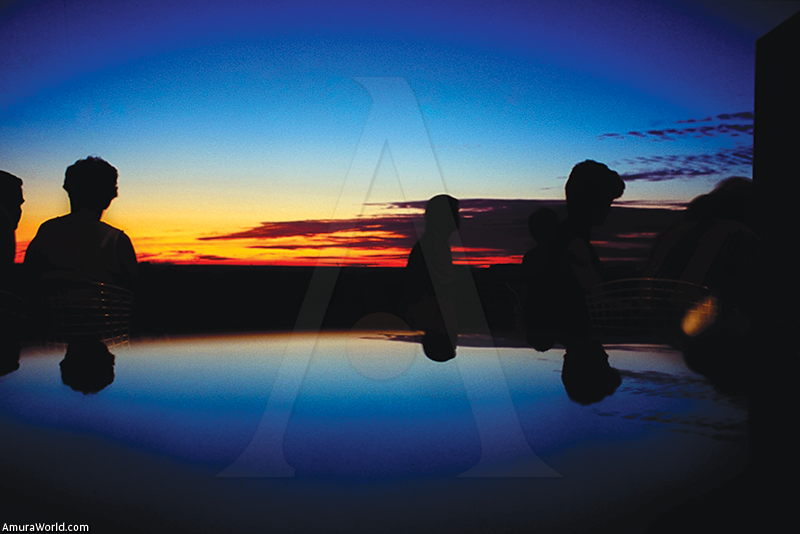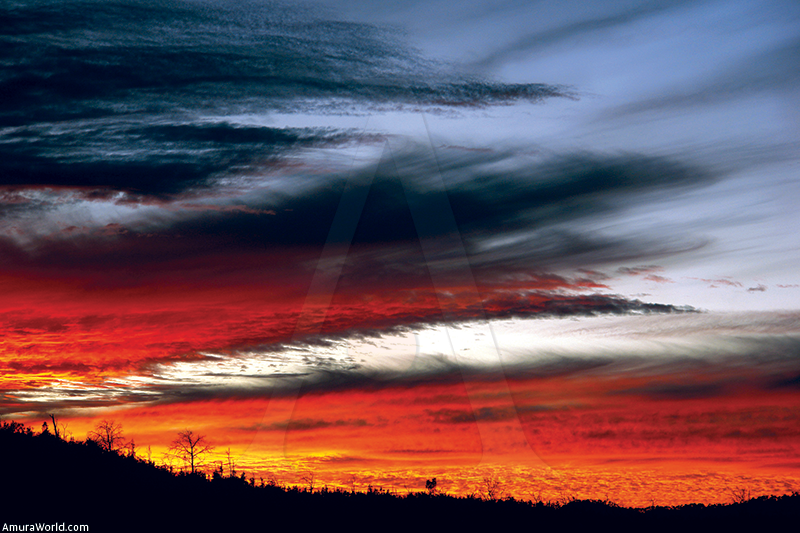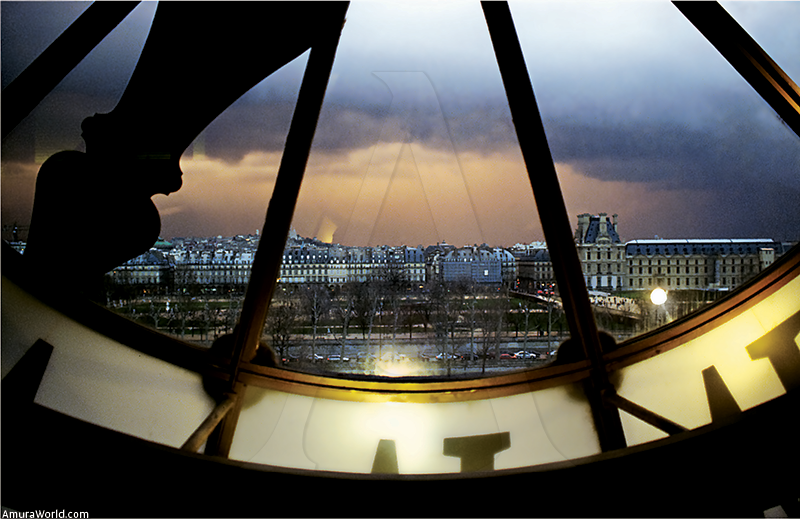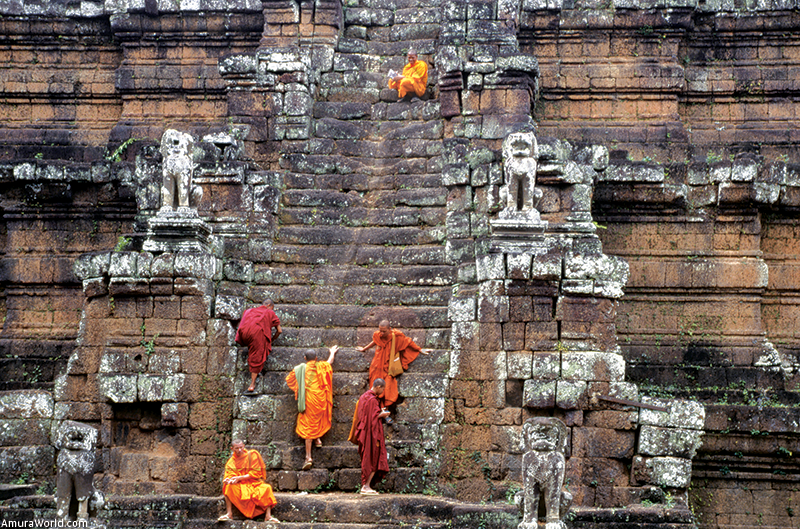The beauty and complexity of the visual stimuli in the world we live in or in which we move as travelers, is endlessly vast and rich. To know how to see and to feel what is discovered by seeing, is the fifth essence in the art of travelling.
This way, photography has something more to give to the sophisticated traveler. The one who has seen it all and has no budget or transportation li- mits. I refer and I propose “a different way of looking at the things that surround us” being nature and instinct to the photographer, the core of his documental or artistic craftmanship.
The idea is to embrace a new code of reading and decoding visual and sensorial stimuli to which we are exposed, specially when we travel, surpassing the obvious, what’s established, in destinations, avenues, stores and landscapes.
Learning how to see is a matter of attitude and practice, to sharpen our perception and senses in order to capture the little and great details in any given situation: New views and angles in the vast and complex urban landscape and in the spectacle offered by mother nature. The abstract patterns implied in almost any place become fascinating and unsolvable. The combination of lights and multico- lored neon, embrace the city corners in random and spectacular compositions. That and much more.
But this “specific” way of seeing is also for the visual macro spaces, the cities’ avenues with their signs, buildings, people and more, that make them unique, unrepeatable; or the overwhelming views of a great landscape.
Seeing is not the same as feeling while seeing, this is also the point. A photographer that doesn’t feel what his photographic eye has revealed, will sure take a picture without it transcending. Correct, but without the talent to move feelings inside the spectator, unless the objective is merely the registry of a certain situation.
The photos that come with this text illustrate, in my opinion, the sublime beauty, hidden in the micro particles of the surrounding environment; none of them has been manipulated or significantly altered. The integrity and fidelity of the production even sometimes borderline the abstract are total.
Text: Michel Berenstein ± Photo: Michel Berenstein




